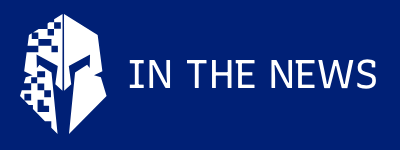Gartner formally introduced the Continuous Threat Exposure Management (CTEM) concept in July 2022 after recognizing a significant gap in enterprise organizations’ ability to assess and prioritize exposures and vulnerabilities against their top threats. Gartner coined the term CTEM to outline a more proactive and dynamic cybersecurity strategy emphasizing the continuous assessment and prioritization of threats to manage and mitigate potential risks more effectively.
Gartner predicts a compelling future impact:
“By 2026, organizations that have adopted a continuous threat exposure management program are projected to be three times less likely to suffer from a cyberattack compared to those that haven’t.”
This forward-looking statement underscores the potential of CTEM to significantly enhance an organization’s defensive posture against cyber threats.



























